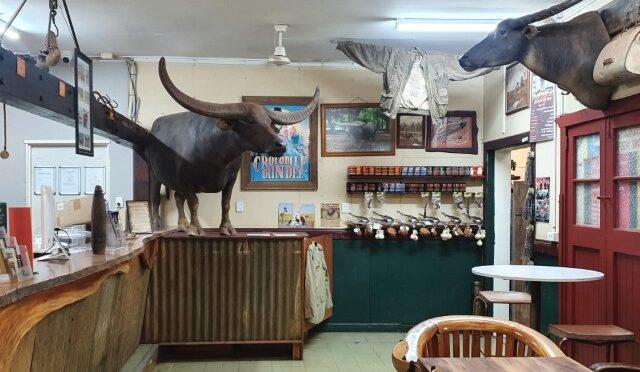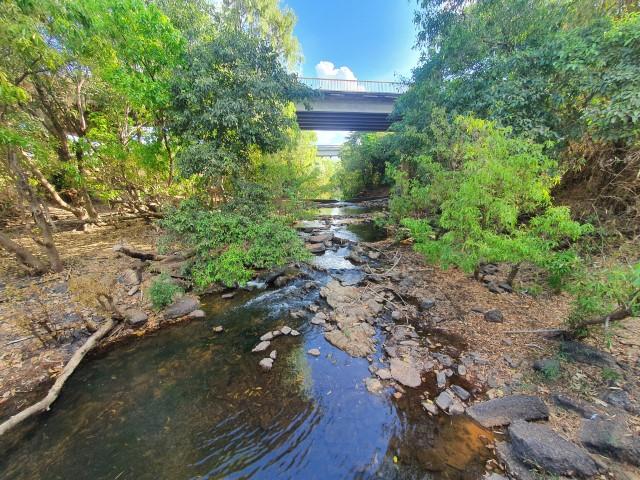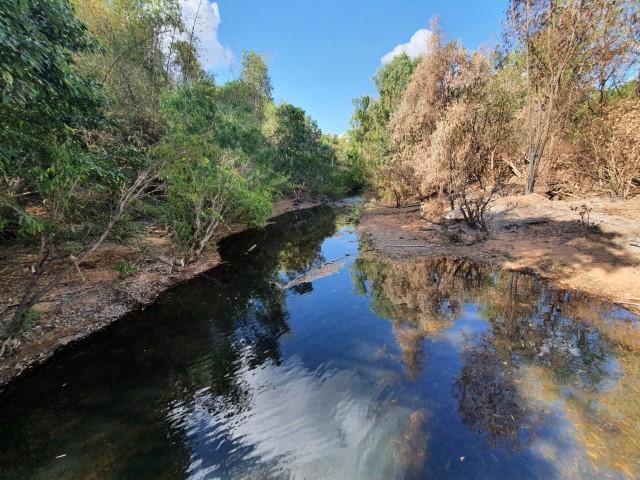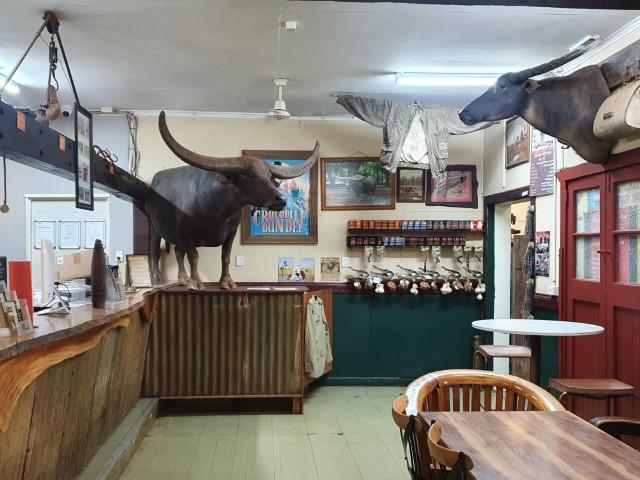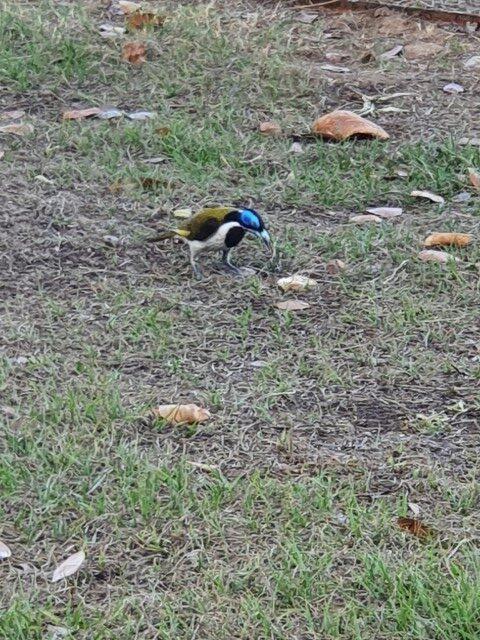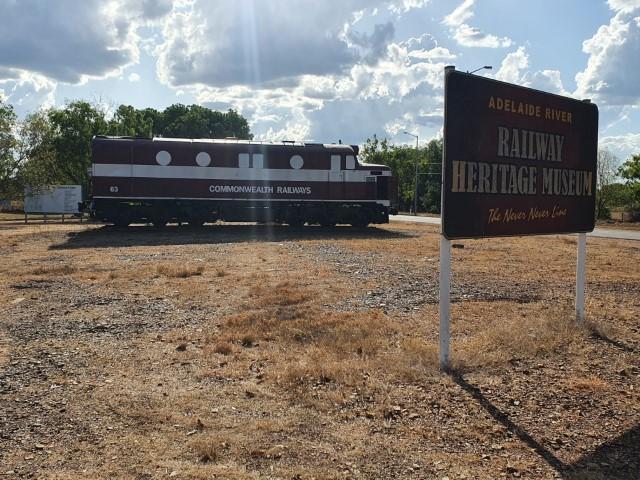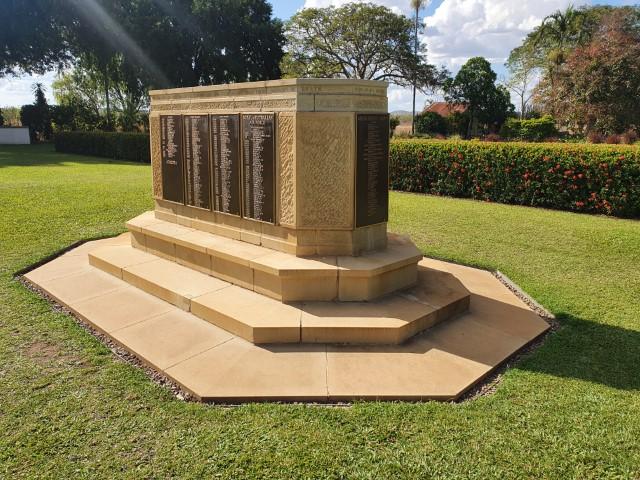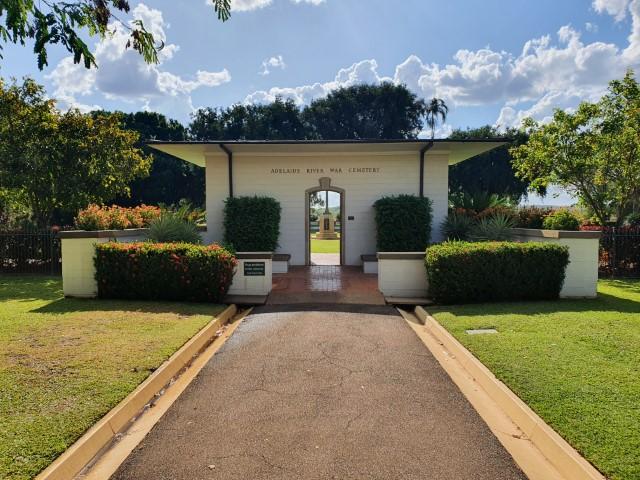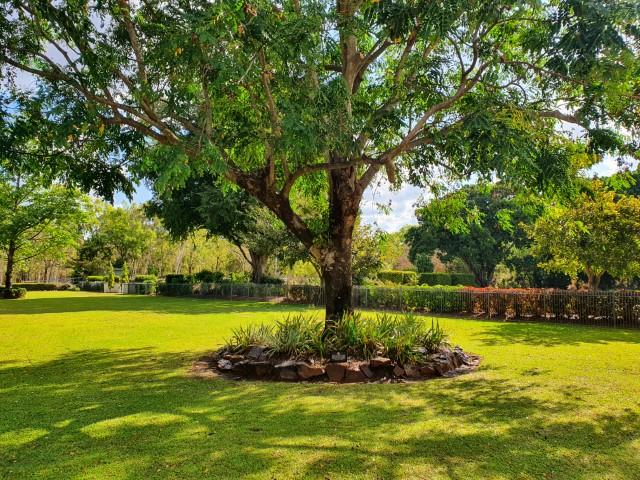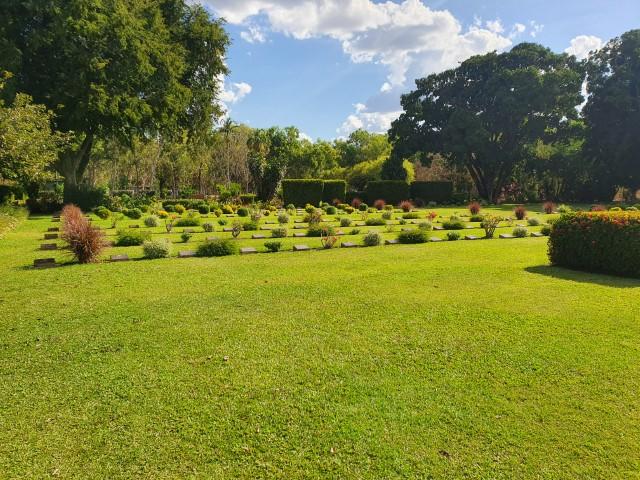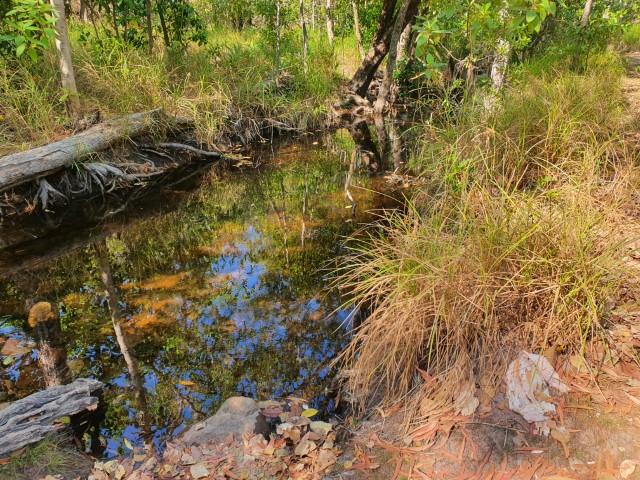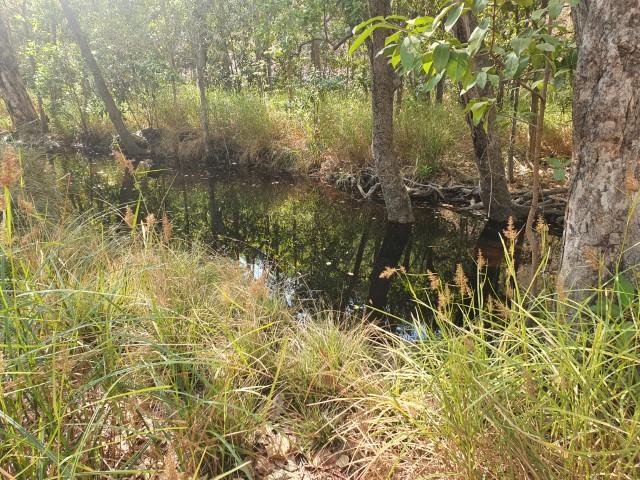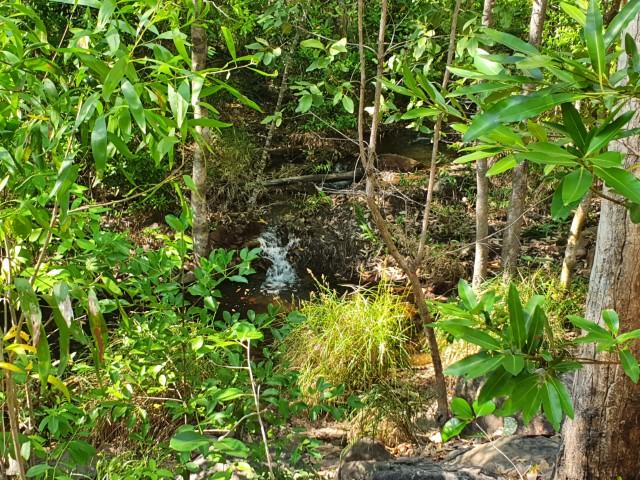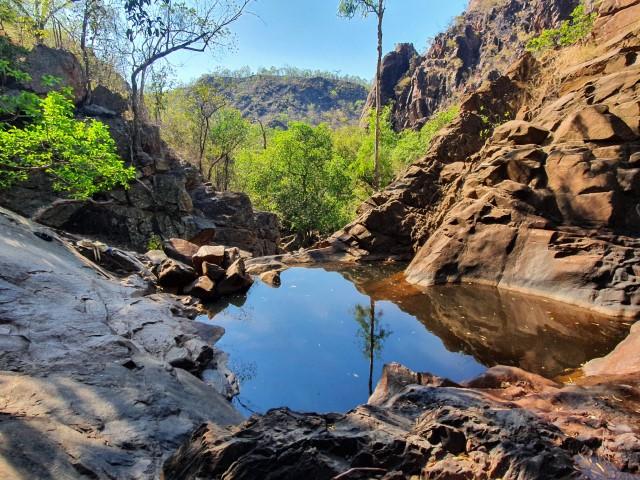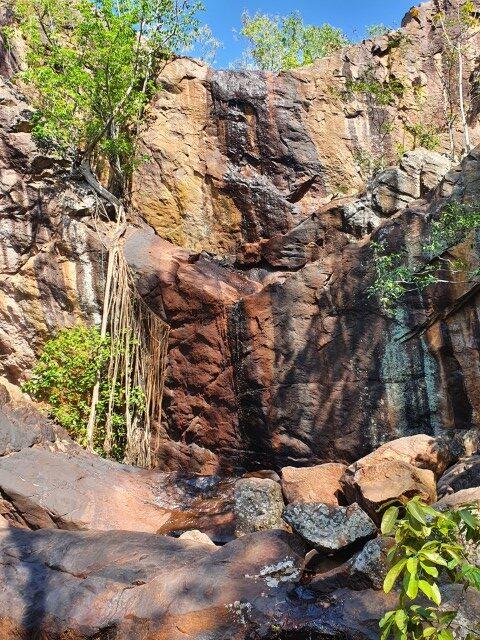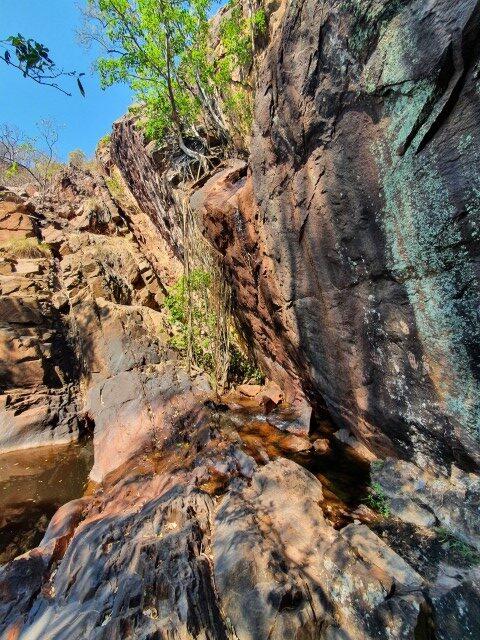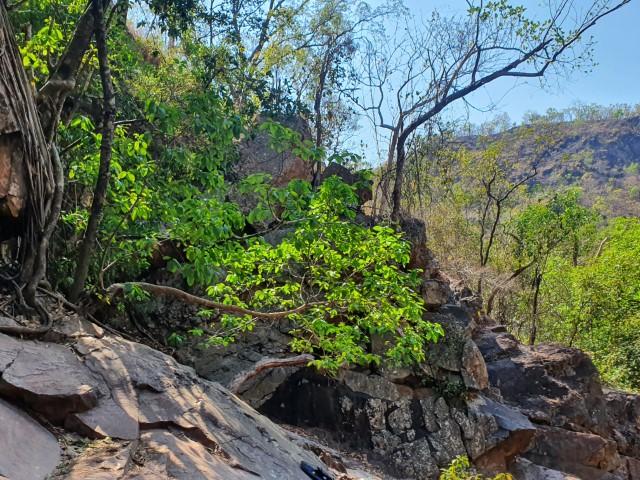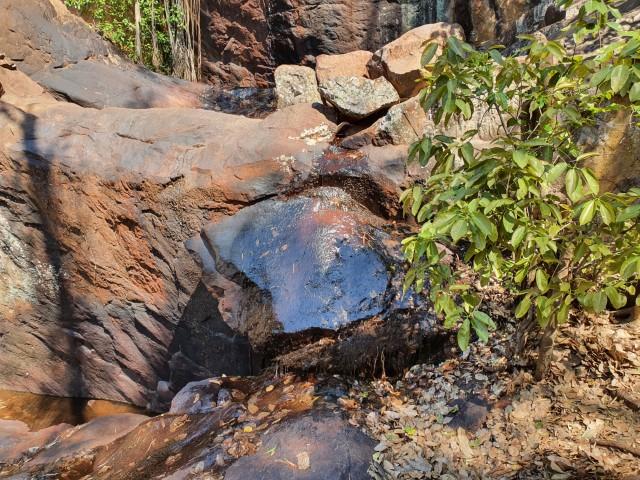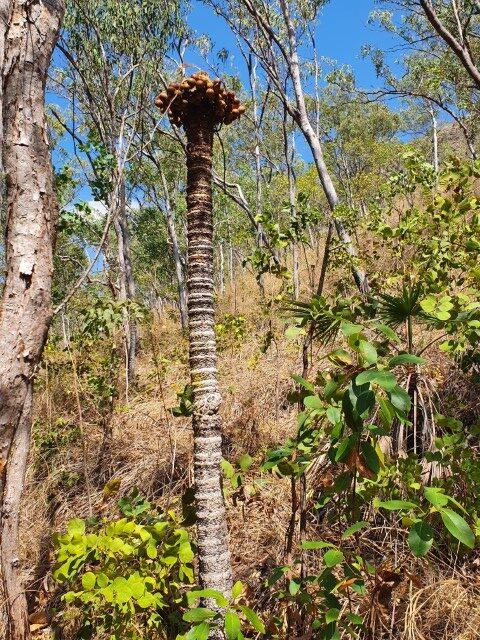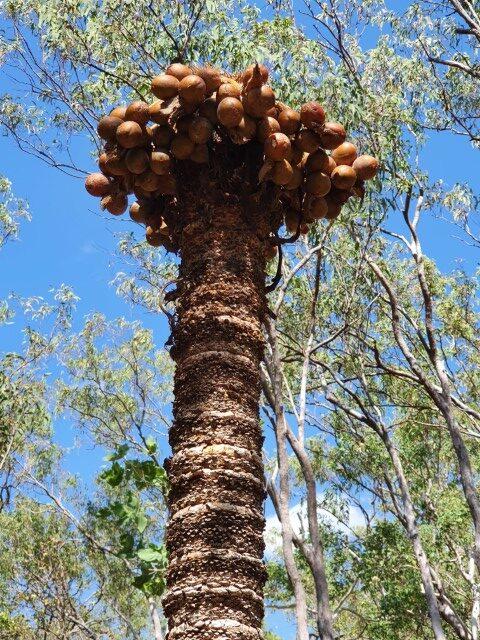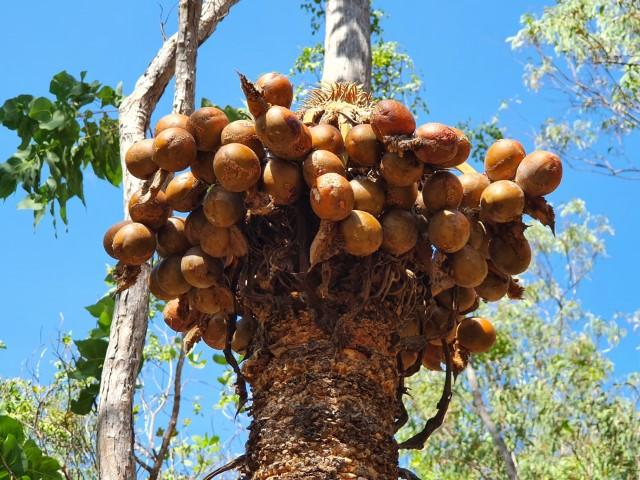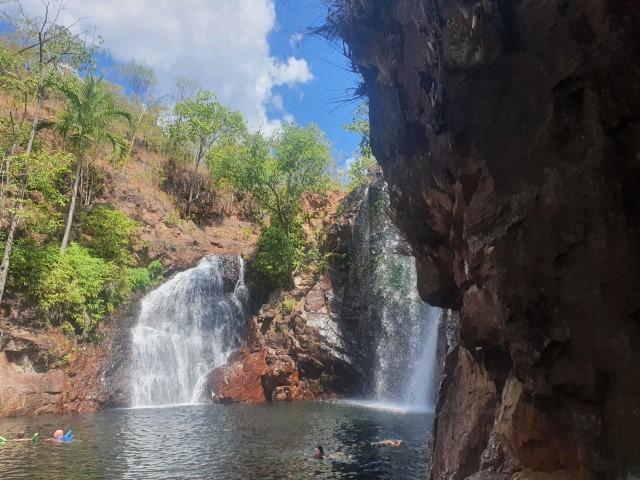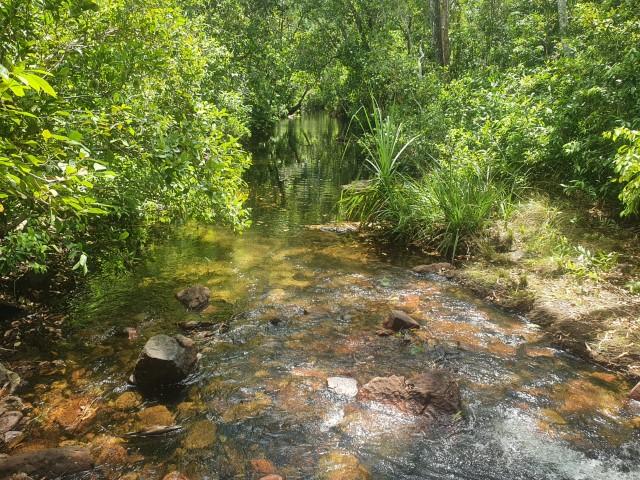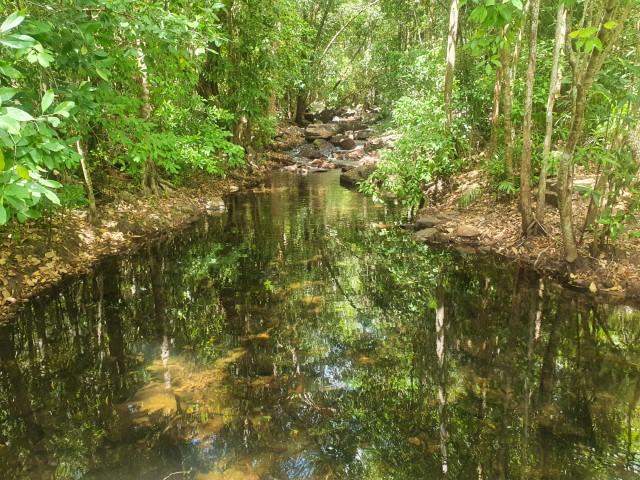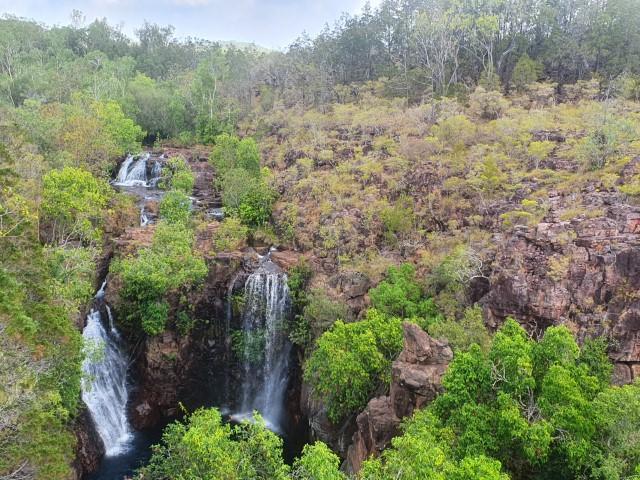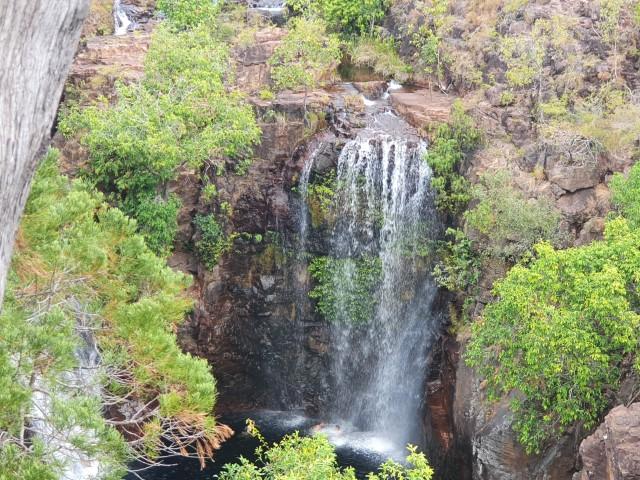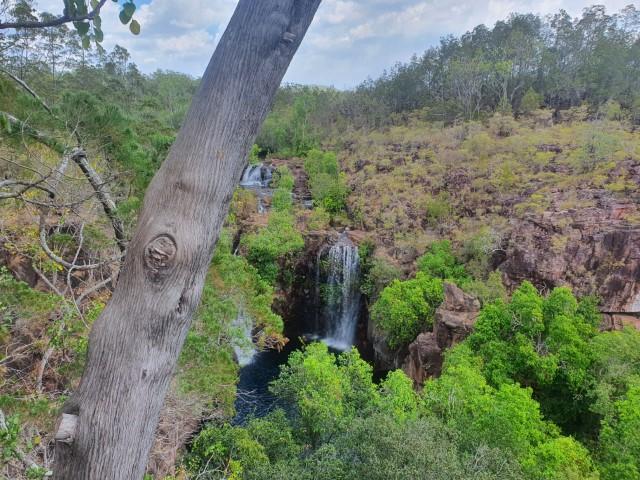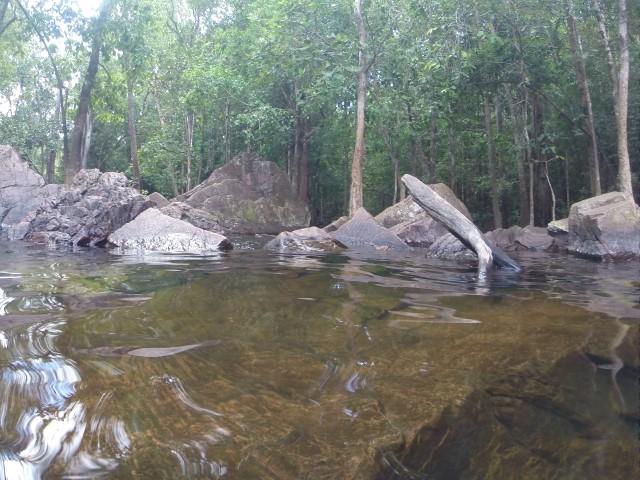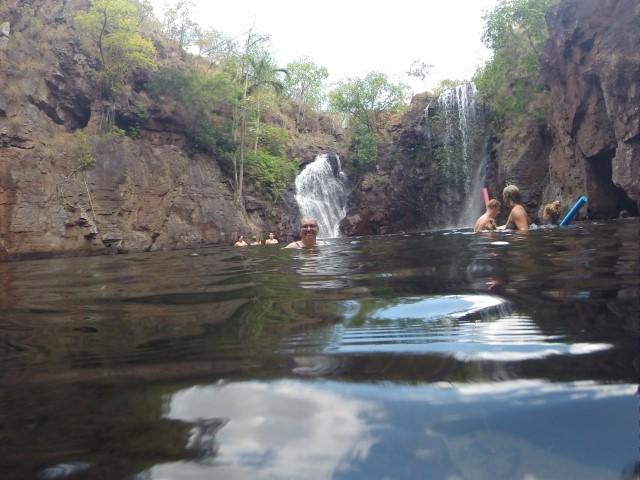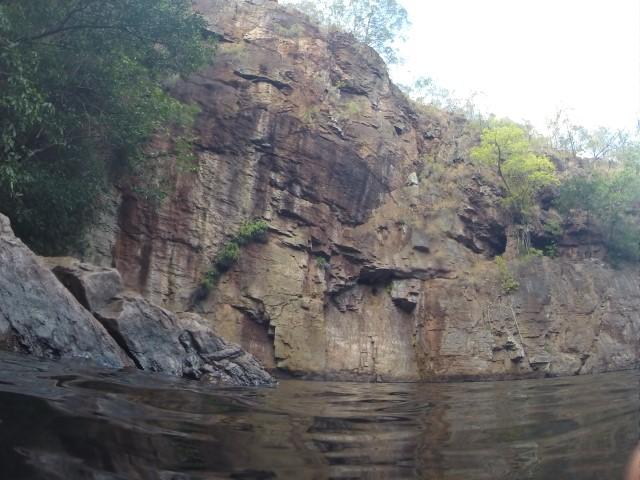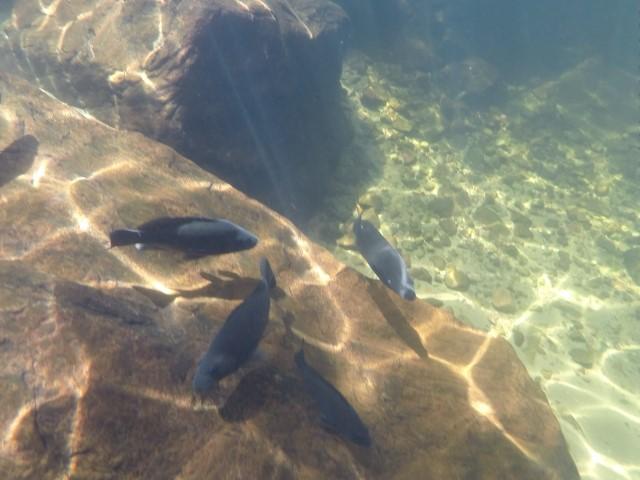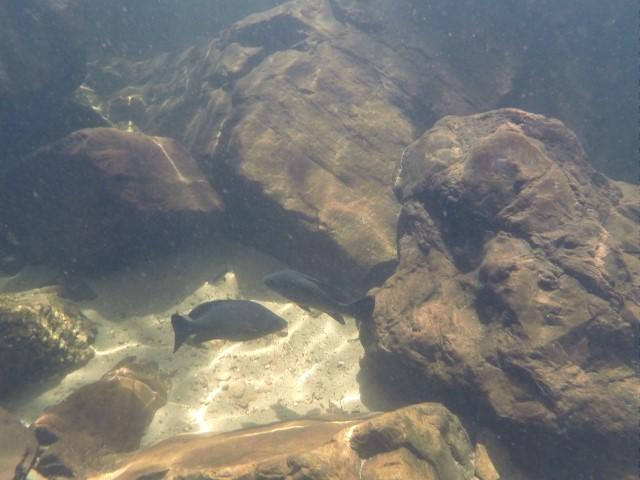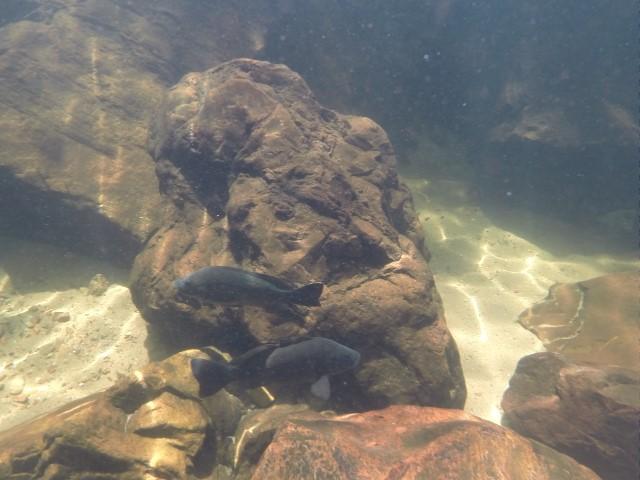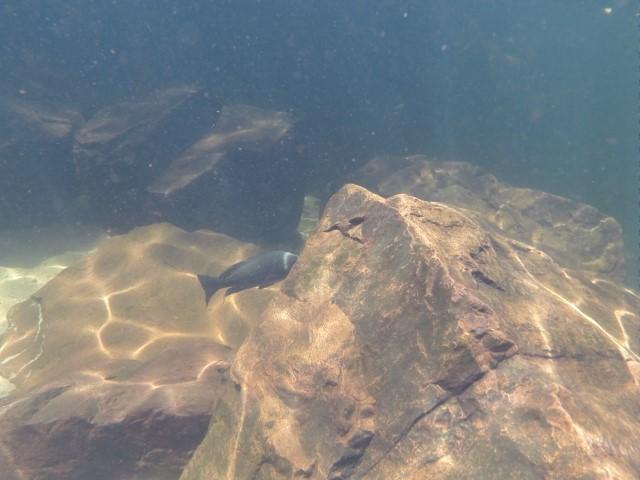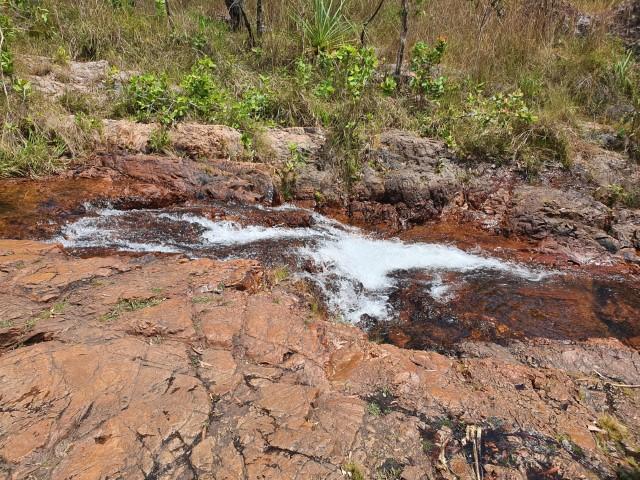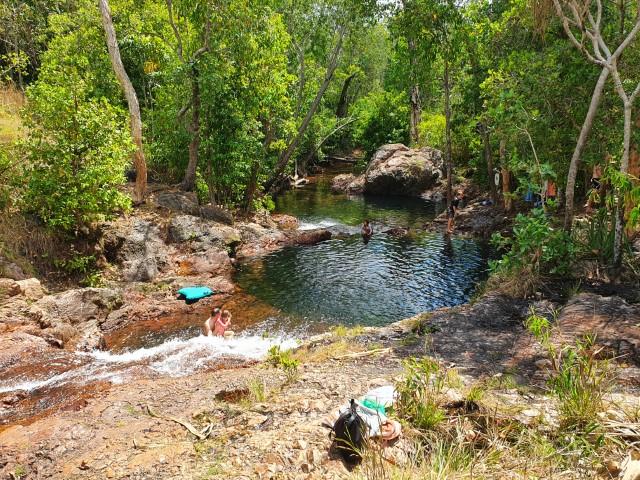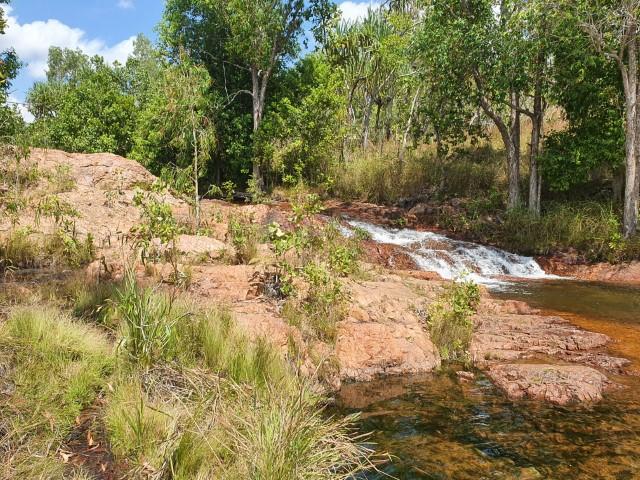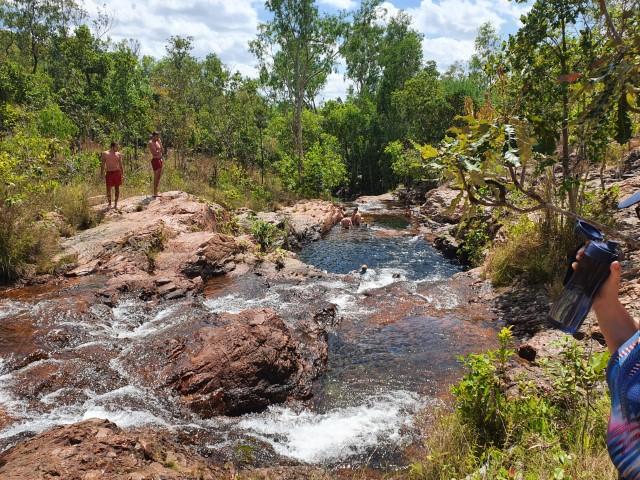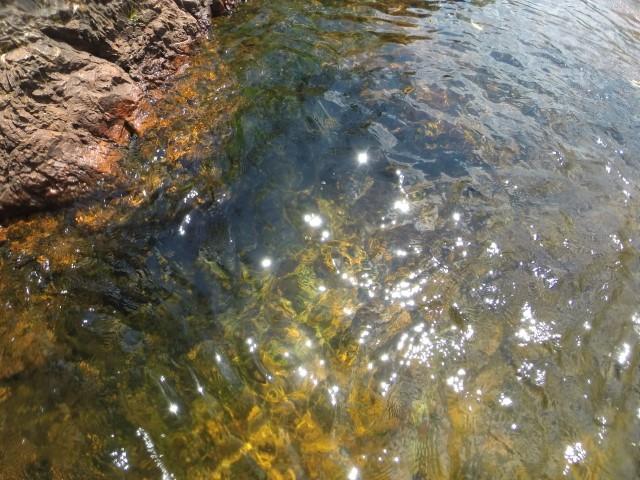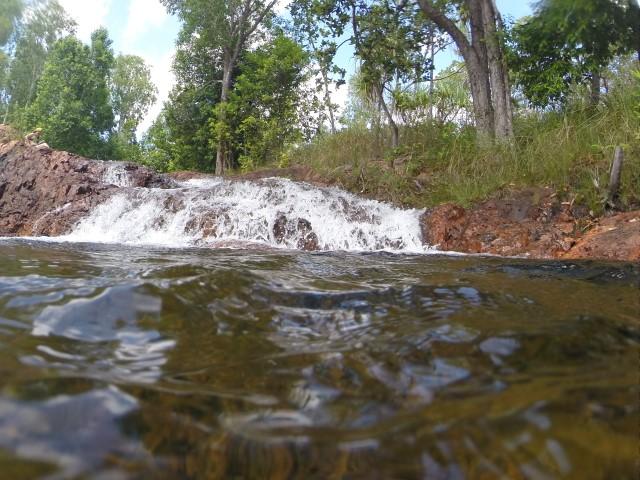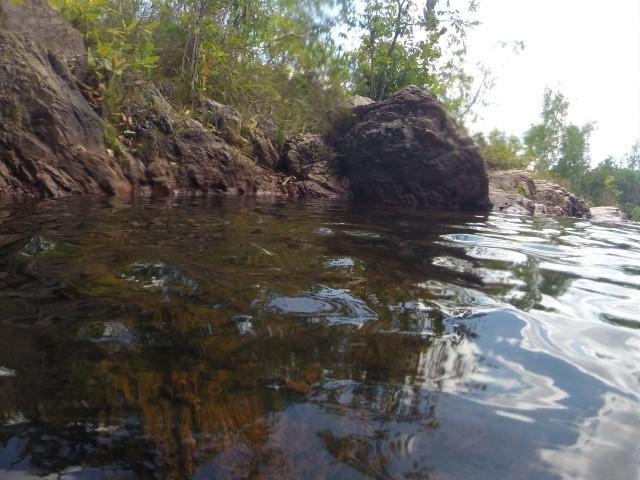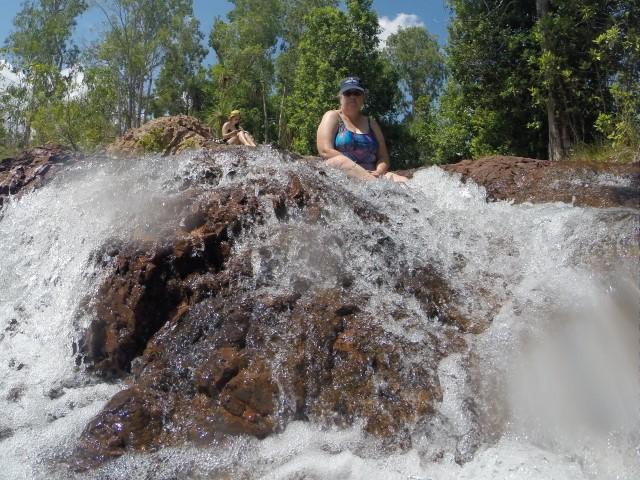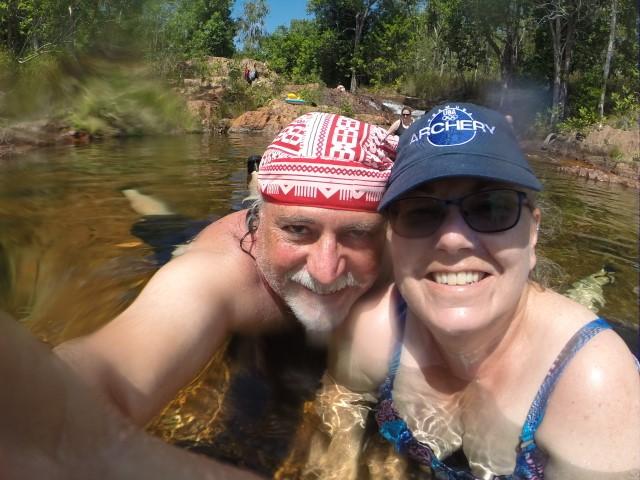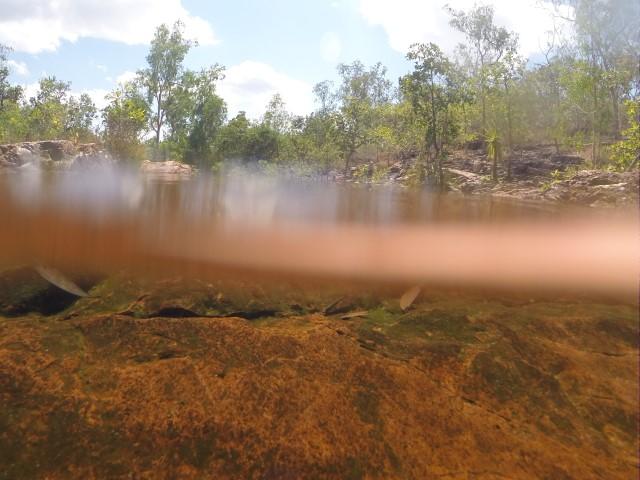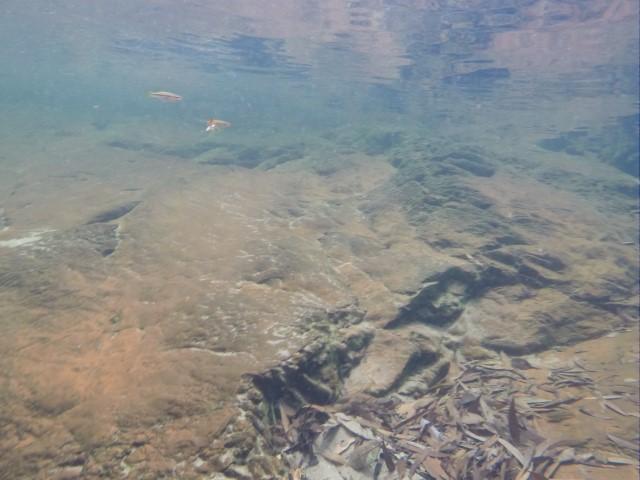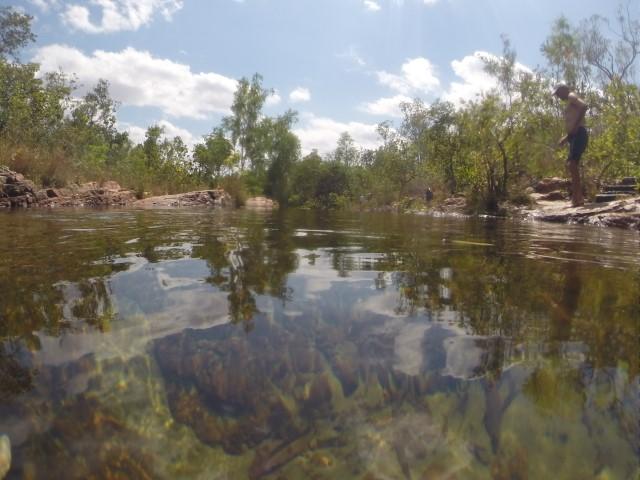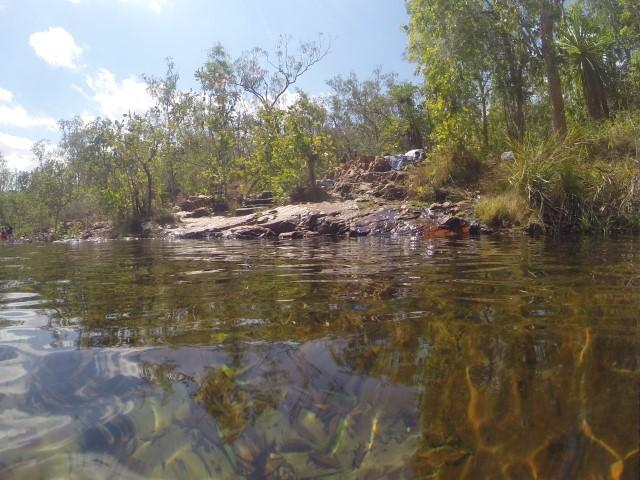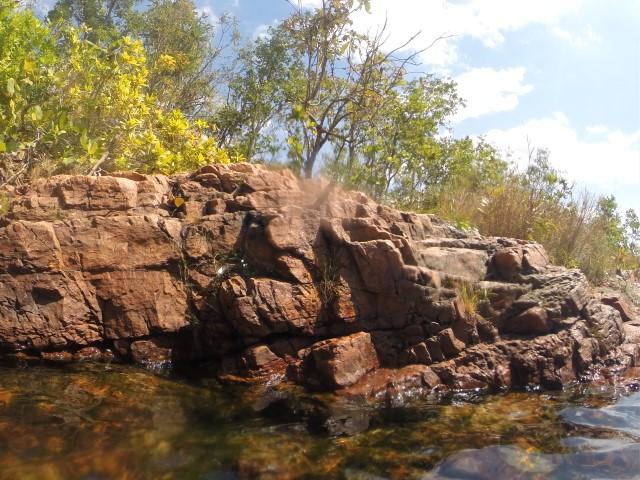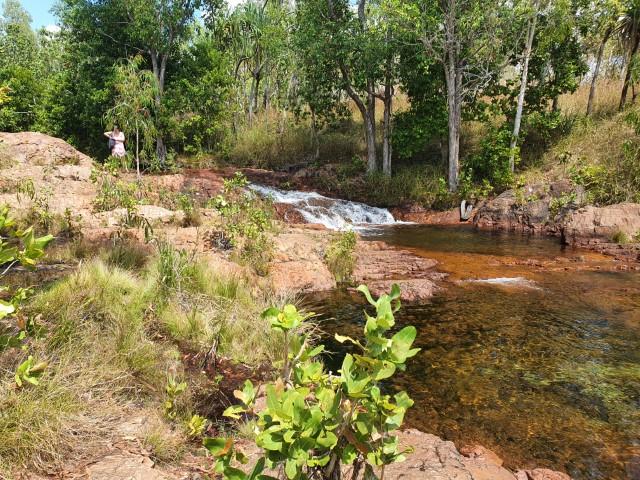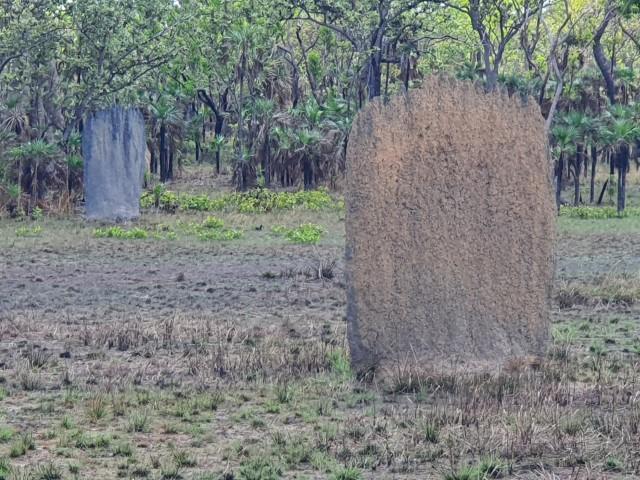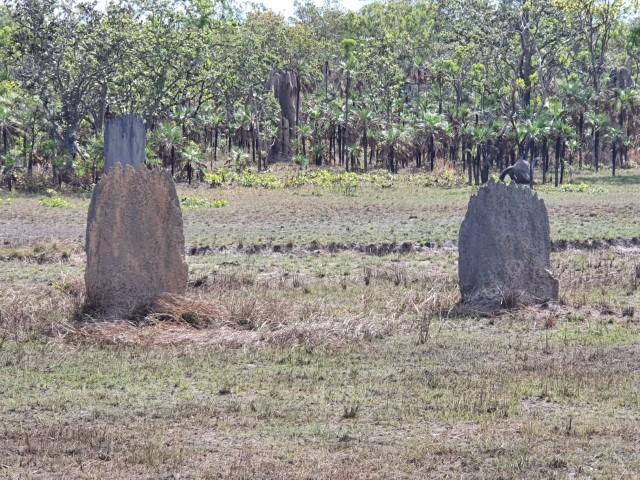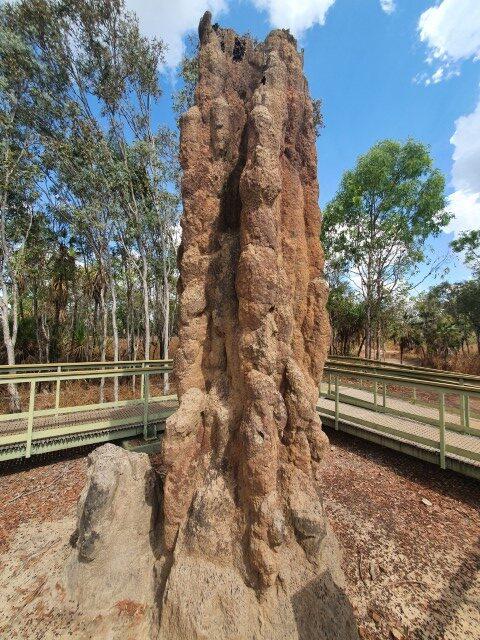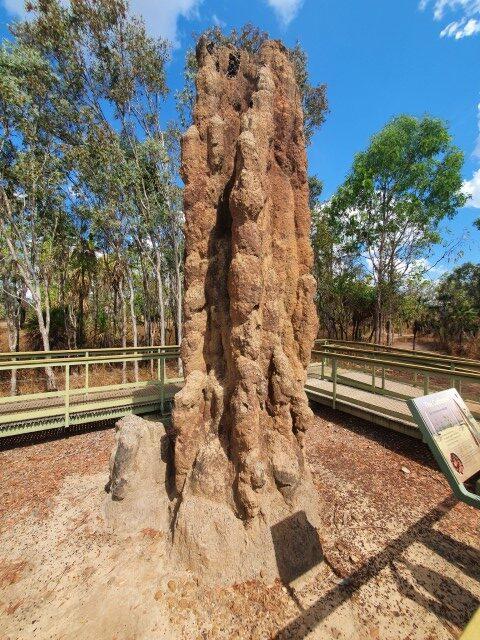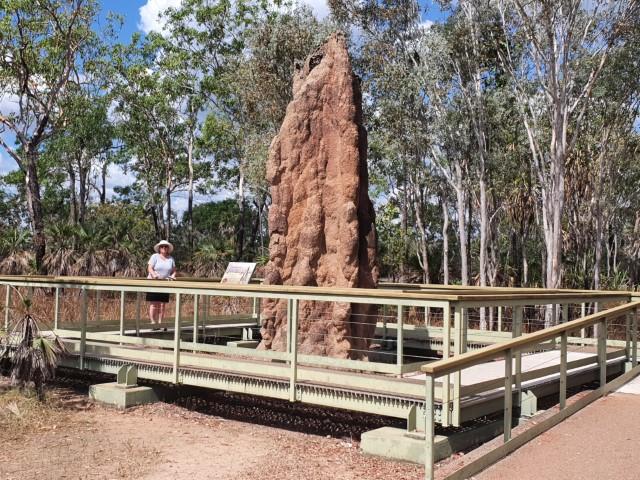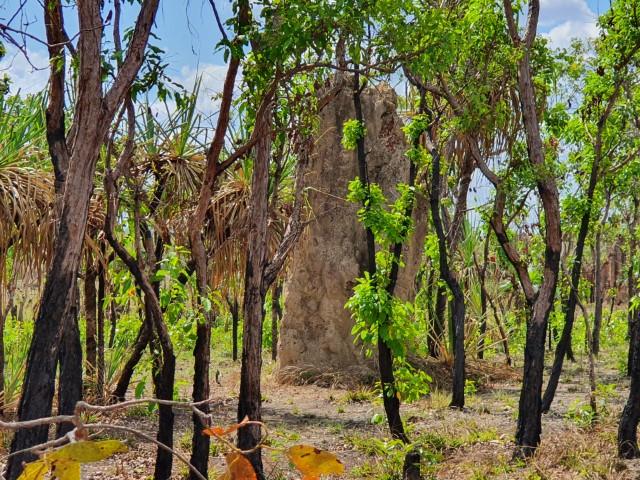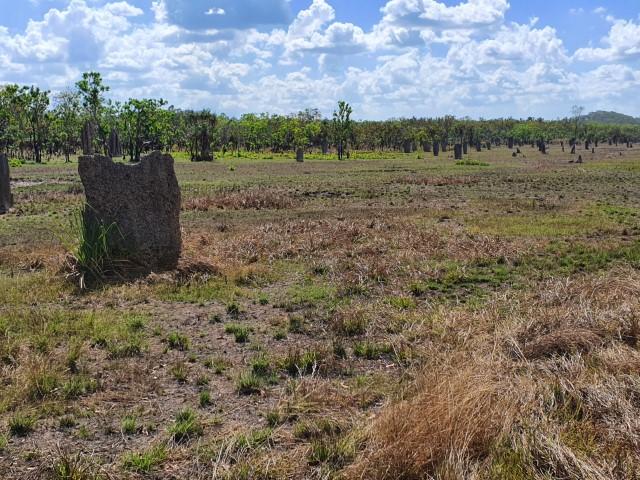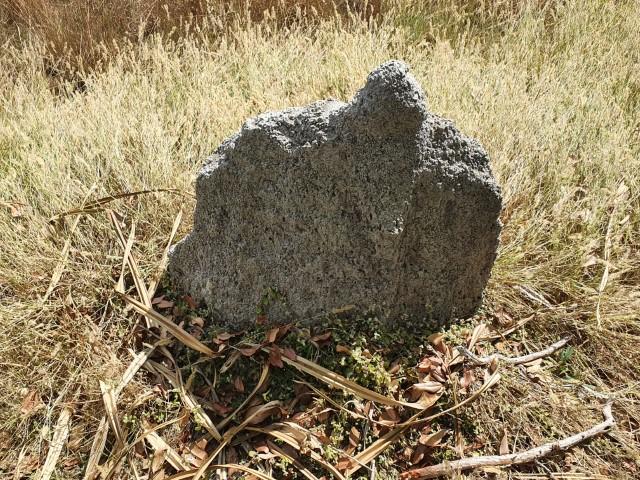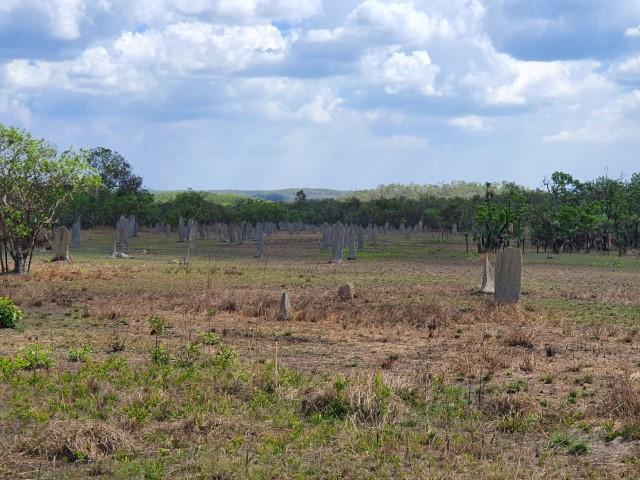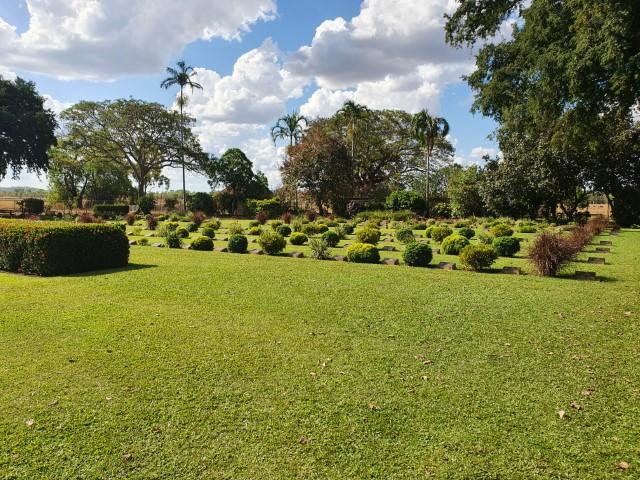After the stunning beauty of Bitter Springs and Mataranka we began one of our last legs to Darwin. Our stay was for four nights in Adelaide River at the Adelaide River Show Society Caravan Park. Adelaide River is not a large town but has a bit Northern Territory character about it.
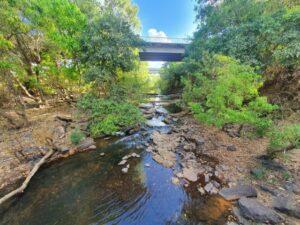
Although there is the Adelaide River Inn & Resort we opted to stay on the outskirts of town at the Adelaide River Show Society Caravan Park . The Show Society has set their grounds up with power, water and amenities as well as a bar and pool that are every bit as good as any other caravan park.
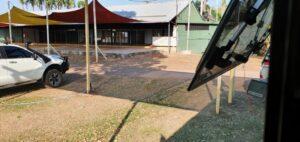
The park has a season and the caretakers were beginning the preparations for closing down for the year. We were given a great site beneath a shade structure that helped keep the van a little cooler. We backed onto the showground race-track/arena and they told us that our site would normally be underwater in the height of the wet season, which is another reason that they close down during this time.

A really good happy hour was available at the bar from 4:00pm and each Friday, the day we arrived, they put on a roast dinner, which we happily took part in. It was one of those friendly caravan parks where the campers are travellers as opposed to holidayers and it was nice to just settle in for four days and enjoy the place and it’s surrounds.
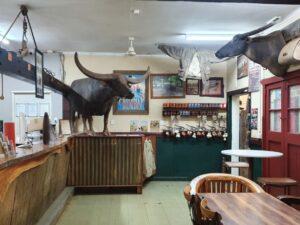
We did have our last night pub night at the Adelaide River Inn & Resort and their ‘303 bar’, which was full of character and had ‘Charlie’ the water buffalo from Crocodile Dundee in pride of place in the corner of the bar (along with all their merch). It was yet another good pub meal eaten in the extensive beer garden not far from a 5m stuffed crocodile that was caught near a local boat ramp after terrorising the local fishermen.
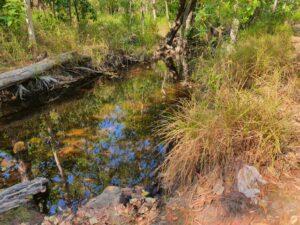
Robin Falls is an intermittent waterfall 15km south of Adelaide River on the same road as the Adelaide River Show Society Caravan Park. When we arrived at the small campsite carpark we were the only people there apart from a bicycle that was chained up with no sign of the owner… quite strange.

From the carpark it was a reasonable uphill hike along the stream with a bit of rock scrabble in places and some minor climbing to reach the falls. Sadly the falls were a small trickle and the waterhole they were feeding into had become stagnant so there was no refreshing dip to be had there. It would be beautiful after wet season as the waterhole is perched in a rocky cleft that looks out over the valley beyond. At least we could imagine sitting in the waterhole with the falls cascading over us (probably with dozens of other tourists fighting for room in it).
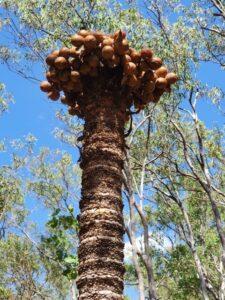
After returning from the falls to the carpark, Rob noticed a strange palm a short way up the slope. It was a typical palm tree style trunk but had no leaves and a crown of brown fruit sinilar in size to large date.
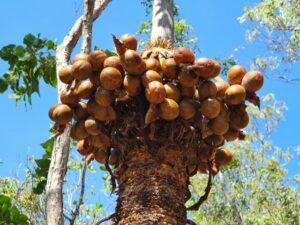
We were to discover later on in our trip that this was a ‘cluster fig‘ and is in fact edible. Rob wasn’t game enough to try one without knowing what is was but made note of it in case we came upon some later on (which we did).
Adelaide River is a great place to explore the south-eastern end of Litchfield National Park from. It’s only 80km or so to Florence Falls waterhole and a few kms back to Buley Rockhole. Both are perfect natural swimming holes that we were particularly happy to visit given that ‘the buildup’ was starting in preparation to the wet season.
Florence Falls
Florence Falls is a picturesque twin waterfall that is spring fed and runs all year round. There is a 1km walk from the carpark to the waterhole that also includes 160 steps down (and back up again).
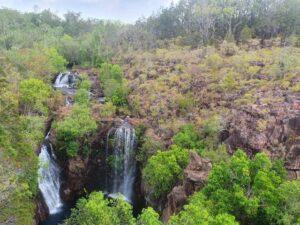
The walk to the falls is a rim-walk style of track that provides an overhead view of the falls before beginning the descent to the swimming hole. It was quite hot when we were there so floating on your noodle in the cool, crystal clear waters is a fitting reward for the climb down the 160 steps to get to it… until you realise that you have to climb back out again. We were pretty much dry by the time we got back to the car and feeling the heat already…
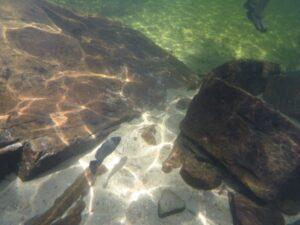
The water hole is very deep in the middle but the edges are relatively shallow with lots of native fish swimming around that are not scared of people. Some smaller ones kept nipping at Rob’s legs in a harmless display of territorial behaviour.
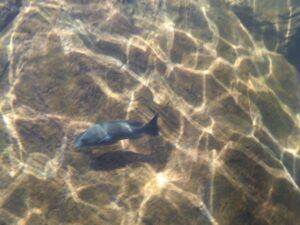
The larger fish were content to swim around the people in the rocky shallows like an open air aquarium. Despite there being quite a few people enjoying the Florence Falls waterhole it wasn’t overly crowded and it is a wonderful spot to get the pool noodle out, relax and just float in the pristine waters.
Buley Rockhole
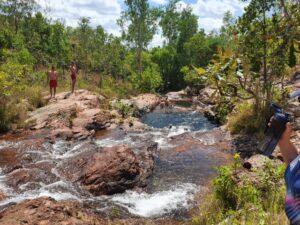
After Florence Falls we were still feeling the heat and called in to Buley Rock Hole. It’s only a few kilometres from Florence Falls and is a cascading series of rock pools and low waterfalls. It was quite busy when we got there with people in every pool but we walked up to the top pool and managed to slip in and cool down again.
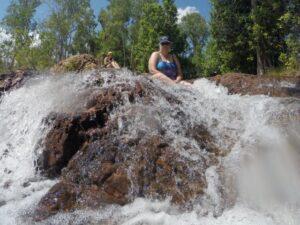
You can slide your way over the low falls and follow the pools down stream. The water flows fairly quickly so you have to be careful but it beats getting out of the water and into the dry hot air.
It’s yet another beautiful part of Litchfield National Park, which truly is a national treasure.
Magnetic Termite Mounds
Our last stop for the day was at the Magnetic Termite mounds. There are two prolific types of termite mounds that we’ve seen, being Magnetic Termite mounds and Cathedral Termite mounds; both of which were common in Litchfield National Park.
The Magnetic Termite mounds are very distinctive in that they a very thin and aligned north-south to catch the warmth of the morning and afternoon sun but avoiding the intense heat of the middle of the day.
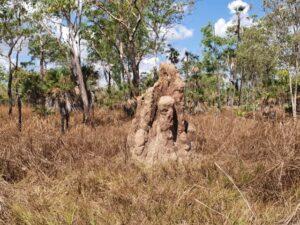
Cathedral Termites, on the other hand build a rounded column with lots of outside folds and vertical channels. This is their way of moderating the harsh temperatures of the Northern Territory dry season. We read that goannas are and other small animals are known to have survived bush fires by wedging themselves into the channels until the fire passes.
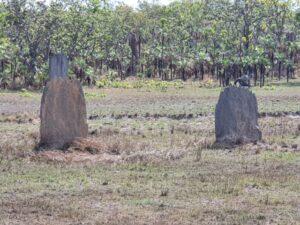
The Magnetic Termite mounds that we saw were scattered across a grassy expanse that was a dry water way. Congregated as they were, they had the appearance of a long and jumbled graveyard where each termite mound represented a gravestone.
All in all our first trip into Litchfield National Park was very satisfying with two chances to swim in the most natural of swimming pools and a viewing of some of the world’s most impressive insect engineers…
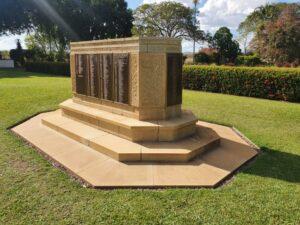
Our previous stop at Larrimah Museum was our first real introduction to the impact of the Japanese raids on Darwin in World War 2. Adelaide River is home to the Wartime Civilan Cemetery, which is a beautifully maintained and sobering reminder of how close Australia came to being invaded from the north during WW2.
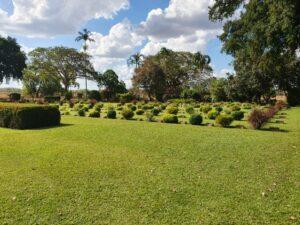
It is really two cemeteries that contain a the graves of service men and women resulting from the Japanese bombing raids on Darwin and a memorial to those who have no known grave. Beside the war graves are sixty-three graves of the civilians who lost their lives resulting from the air raids when the Darwin Post Office was bombed.
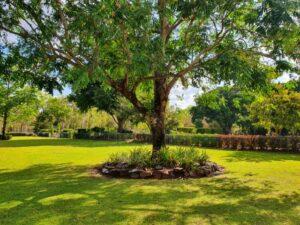
Wandering amongst the graves we were struck by the ages of the servicemen who gave their lives in the defence of Darwin. The vast majority were young men aged between twenty and twenty-five, their live lost before they had begun…
Lest we forget…
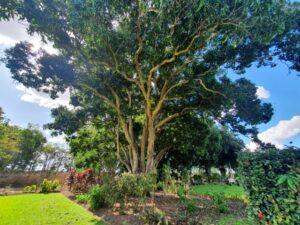
The grounds of the cemetery are immaculately maintained, as they should be, with a magnificent mango tree growing in the centre at the back. It was laden with fruit and a point of natural beauty in an otherwise sad and sombre place.
We paid our respects to the fallen and left with a clearer knowledge of what the top end had sacrificed in the defence of Australia…

